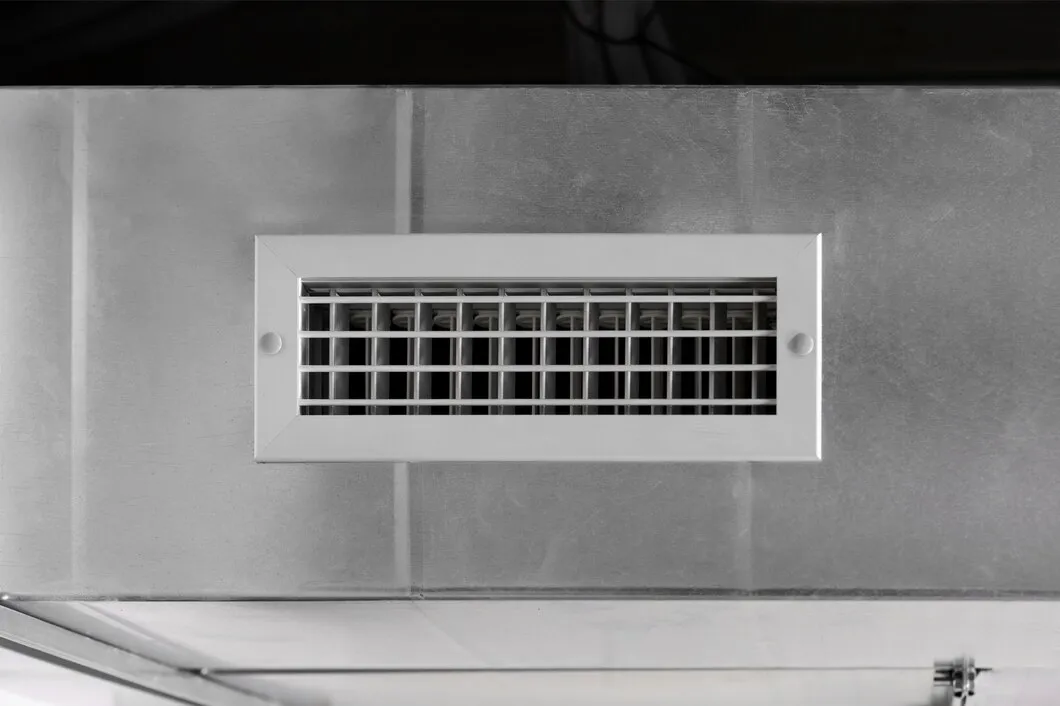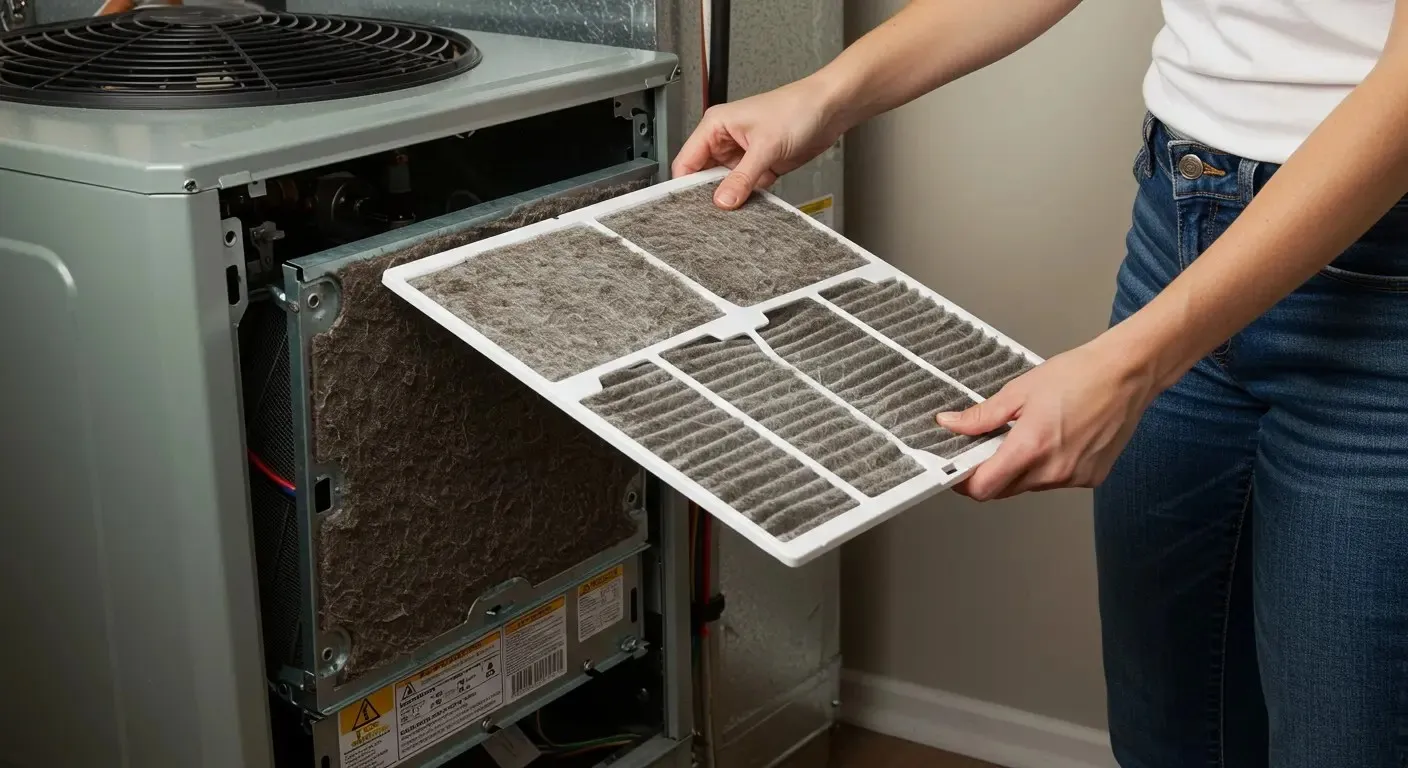
Your home’s air ducts can accumulate dirt, dust, dander, fungi, and mold over time. That’s why the experts at Superior Air Duct Cleaning believe you can improve your family’s health and well-being by keeping your air ducts as clean as possible.
Excellent indoor air quality goes beyond clean air ducts. You need to keep mold out of your home to prevent negative health effects. In today’s blog from Superior Air Duct Cleaning, we explain five household appliances that can cause mold growth.
Related Post: Superior Air Duct Explains: How to Prevent Moisture in Air Ducts
1. Hot Water Heater
Hot water heaters are completely sealed appliances, save for a few pipes coming in and out of them, designed to last for decades. Unfortunately, hot water heaters may develop slow leaks due to a loose drain valve. Sediment build-up due to hard water or oxidation over time may cause the tank itself to leak and form a small puddle of water under the hot water heater. Superior Air Duct Cleaning recommends checking your hot water heater at least once per month to avoid this problem from getting worse.
2. Humidifier
Humidifiers help your family breathe better during frigid winter months, and they alleviate symptoms of colds and allergies. However, room humidifiers need daily maintenance to ensure they run properly. Stagnant water in the filter can lead to mold growth very quickly. You must follow the manufacturer’s instructions for cleaning your humidifier to keep mold from forming. Superior Air Duct Cleaning can give you some recommendations!
3. Front-Loading Washing Machine
The whole purpose of washing machines is to keep the water inside from splashing out. That design creates a perfect environment for growing mold. Modern washing machines may have a self-clean cycle. If not, run the washing machine empty on the hot cycle with either bleach or baking soda once per month to keep mold away.
4. Refrigerator
Condensation inside your refrigerator can stagnate and eventually form mold on the sides or shelves. Combat mold by cleaning the inside of your fridge once per month. Wipe down the walls, ceiling, shelves, and compartments after emptying the refrigerator.
5. Air Conditioning
Air conditioning uses coolant to operate. Window units are especially susceptible to mold growth, although mold may form around the vents for your HVAC system. When cool air flows through ductwork in the hot summer months, moisture in the air can condense inside the vent and ducts. This moisture can lead to patches of fungal and mold growth. Once air keeps moving through the ducts, mold spreads to the rest of your home. Superior Air Duct Cleaning specializes in cleaning your air ducts for healthier indoor air quality.
How do you detect mold?
The easiest way for you to detect mold is through a smell test. If you smell a musty odor coming from one of your appliances, chances are good you have mold build-up. Superior Air Duct Cleaning can inspect your home’s HVAC system for mold growth and damage, and then we take appropriate action to mitigate the problem.
Related Post: Pests That Can Get into Your Ductwork
Superior Air Duct Cleaning & Getting Rid of Mold
The experts at Superior Air Duct Cleaning help rid your HVAC system of mold build-up that occurs in the ductwork. We clean and sanitize ducts to get rid of any microbes, bacteria, fungi, dust mites, and other allergens that could affect your family’s health. Contact Superior Air Duct Cleaning or call at for more information.

Customer Reviews





Combating Summer Humidity with Clean Air Ducts in Youngstown

Troubleshooting Burning Smells from Your Ellwood City Dryer Vent

How Restaurant Duct Contamination Affects Food Quality in Cranberry Township

Addressing Musty Odors from Your Canfield Air Ducts

Why Your Air Ducts in Wexford Are Making Popping Sounds

The Hidden Dangers of Lint Buildup in Youngstown Dryer Vents

Why Your Energy Bills Rise with Dirty Vents

Solving Common Dryer Performance Issues in Austintown

Fixing Uneven Airflow Problems in Wexford Homes

Why Your Austintown Dryer Is Overheating: Vent Obstruction Signs

What Makes Professional Duct Cleaning Different in Youngstown

Managing Spring Allergies with Clean Air Ducts

Slow-Drying Clothes: A Sign Your Dryer Vent Needs Attention

Signs of Animal Nesting in Your Ellwood City Dryer Vent

How Poor Duct Maintenance Affects Your Canfield Home

Removing Pet Dander from Your Home's Air Ducts

Common Causes of Air Duct Leaks in Older Homes

Why Dust Keeps Appearing in Your Coraopolis Home

How Dirty Ducts Impact Your Business Operations

Why Your Gibsonia Dryer Takes Longer to Dry Clothes

How Often Should Wexford Homeowners Clean Their Ductwork

Warning Signs Your Dryer Is Not Venting Properly

Black Spots in Air Vents: Addressing Mold Growth Problems

What Happens During a Professional Ductwork Inspection in Mars

Spring Cleaning Your Air Ducts: What You Need to Know

The Link Between Breathing Problems and Dirty Air Ducts

Health Benefits of Clean Air Ducts for New Castle Residents

How to Spot Dryer Vent Blockages in Your Youngstown Home

Air Quality Issues in Office Buildings: When to Clean Commercial Ducts

Common Air Quality Problems That Duct Cleaning Solves in Wexford

Strange Noises from Your Dryer Vent: What They Mean

What Air Pollutants Can Professional Duct Cleaning Remove in Canfield

How Clogged Dryer Vents Increase Fire Risk in Sewickley Homes

Understanding the Benefits of Professional Dryer Vent Cleaning

How Air Duct Cleaning Can Improve Your HVAC System Efficiency

Why Regular Duct Cleaning is Essential for Home Air Quality

The Necessity of Commercial Duct Cleaning Explained

Duct Disinfecting & Deodorizing

Preventing Home Hazards with Our Dryer Vent Cleaning Services

How Air Duct Cleaning Boosts Indoor Air Quality

Understanding the Role of a Duct Cleaning Company in Home Maintenance

Why You Need Our Skilled Duct Cleaning Professionals

The Steps Our Technicians Follow in Ductwork Cleaning

Benefits of Whole House Sanitizing for Healthier Living

Why Dryer Vent Cleaning is Important for Home Safety

Whole House Sanitizing: Keeping Your Home Safe and Clean

When to Schedule Air Duct Cleaning for Optimal Performance

Dryer Vent Cleaning: Essential for Preventing Fires

The Impact of Commercial Duct Cleaning on Workplace Health

How Air Duct Cleaning Enhances Your Home's Atmosphere

Whole House Sanitizing: Ensuring a Healthier Living Space

Preventing Risks with Our Dryer Vent Cleaning Services

How to Know When Your Home Needs Our Duct Cleaning Services

Essential Reasons for Scheduling Air Duct Cleaning Today

Prevent Fire Hazards with Professional Dryer Vent Cleaning

Understanding the Importance of Air Duct Cleaning Services

How Professional Dryer Vent Cleaning Prevents Home Fires

The Importance of Regular Dryer Vent Cleaning for Home Safety and Efficiency

The Process and Benefits of Thorough Ductwork Cleaning

The Benefits of Air Duct Cleaning Services for Your Home

The Benefits of Commercial Duct Cleaning for Your Business

Understanding the Difference Between Residential and Commercial Duct Cleaning Services

Guard Against Germs: The Advantages of Whole-House Sanitizing Services

The Impact of Residential Duct Cleaning on Indoor Air Quality and Overall Health

Enhancing Workspace Health: The Benefits of Routine Commercial Duct Cleaning

How Regular Duct Cleaning Can Impact Your Home’s Energy Efficiency

Strategies to Maintain Air Purity in Large Workspaces Through Commercial Duct Cleaning

Comprehensive Guide to Reducing Allergens with Professional Duct Cleaning Techniques

Freshen Your Space: Professional Duct Disinfecting and Deodorizing Explained

Maximize Home Air Quality with Professional Residential Duct Cleaning

Experience Superior Whole-Home Disinfection Services for a Cleaner, Healthier Environment

Importance of Regular Dryer Vent Cleaning for Safety and Efficiency

Commercial Duct Cleaning: An Investment In Your Business' Health And Success

How To Prevent Mold Growth In Your Air Ducts: Expert Tips For A Healthier Home

Is Mold Always Visible?

The Most Common Questions About Dryer Vent Cleaning: Answers From the Experts

The Ultimate Guide To Residential Air Duct Cleaning: Enhance Your Home's Air Quality

How Often Should You Clean Your Air Ducts?

Managing Pet Ordors Dender

What Does An Air Duct Inspection Include?

How to Choose a Duct Cleaning Company: 10 Questions to Ask

4 Ways Your Dirty Air Ducts Are Costing You Money

Top Benefits Of Air Duct Cleaning For Universities & Schools

A Guide To Air Duct Cleaning Equipment

Is Sanitizing Air Ducts Worth The Money?

4 Dangerous Warning Signs Your Dryer Vent Is Clogged

Easy Ways To Keep Your Home Mold Free

How Whole Home Sanitization Staves Off Fall Allergies

DIY Guide To Attic Insulation Removal: Tips And Tricks
.webp)
5 Must-Know Facts Before Buying Air Duct Cleaning Services

Air Duct Cleaning Tips After Home Renovation Or Construction

Natural Home Deodorizing Tips To Kill Bad Odors

Superior Air Duct Covers the Top Air Duct Cleaning Scams to Avoid

How Long Will A Dryer Last?

What Causes Humidity In Air Ducts?

The Path To Becoming A Certified Dryer Exhaust Technician, Superior Air Duct

The Process To Obtaining An Air Duct Cleaning License

Is Deodorization Included In My Duct Cleaning Services I Pay For? Superior Air Duct
.webp)
Duct Cleaning Services That Are a Must For Every Homeowner, Superior Air Duct





